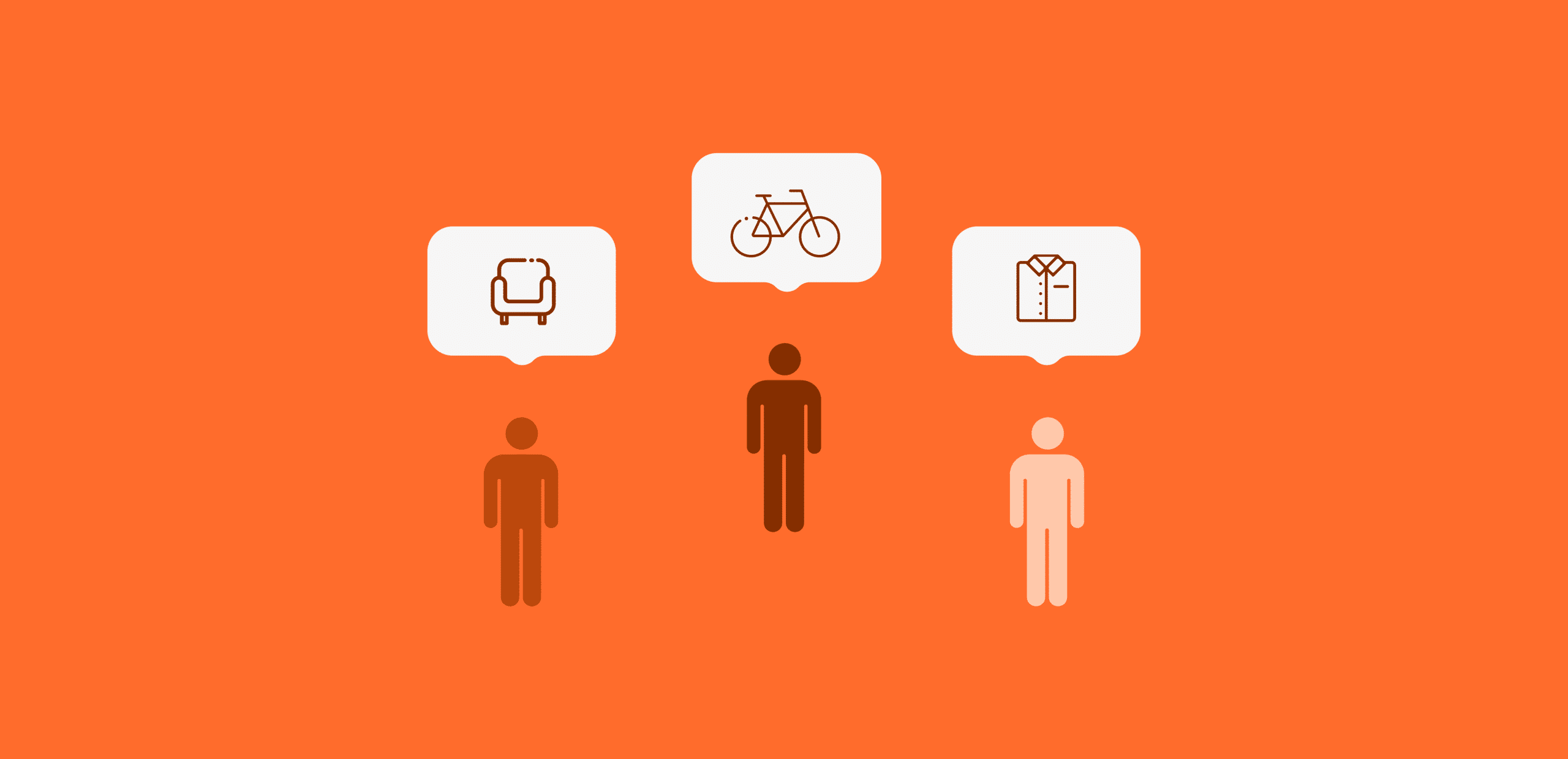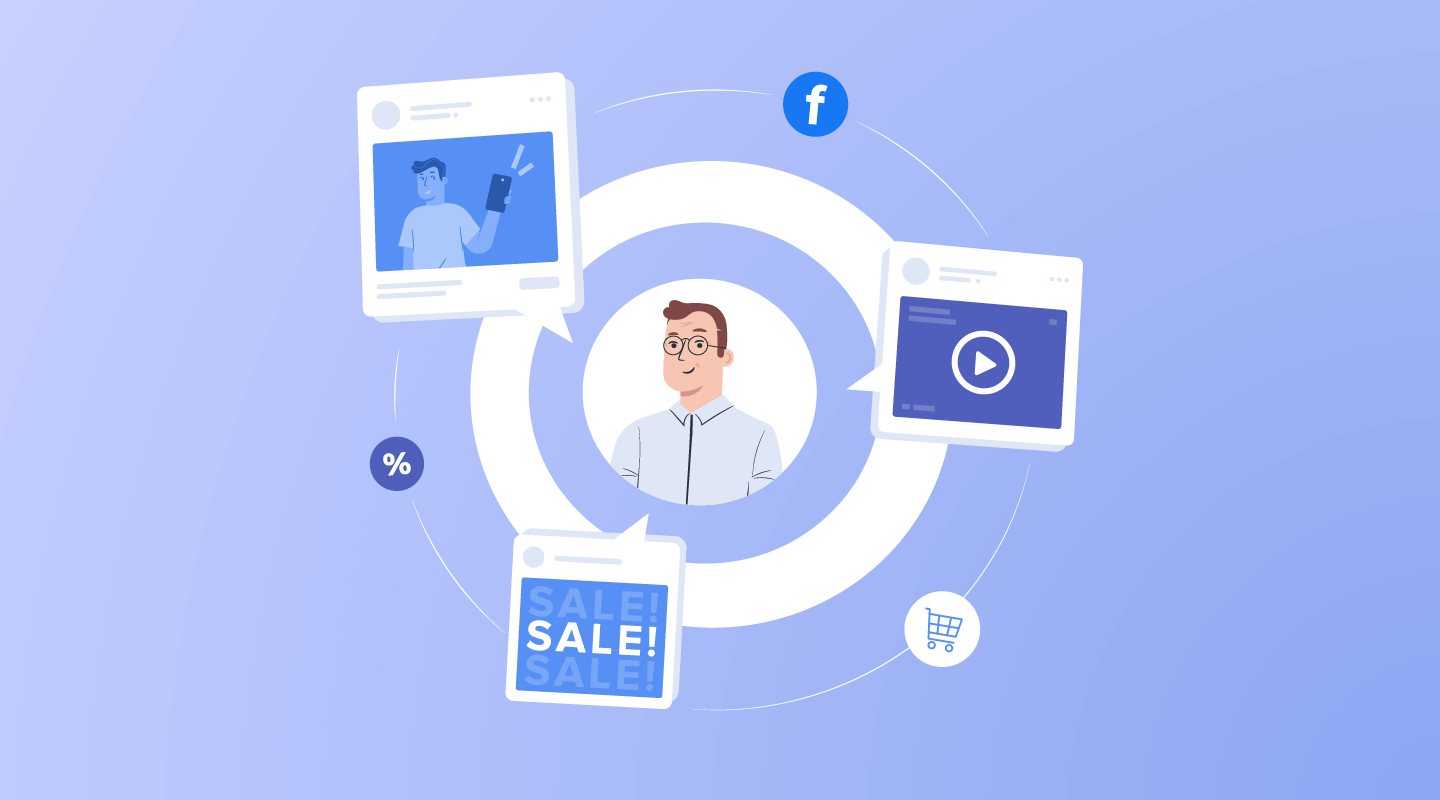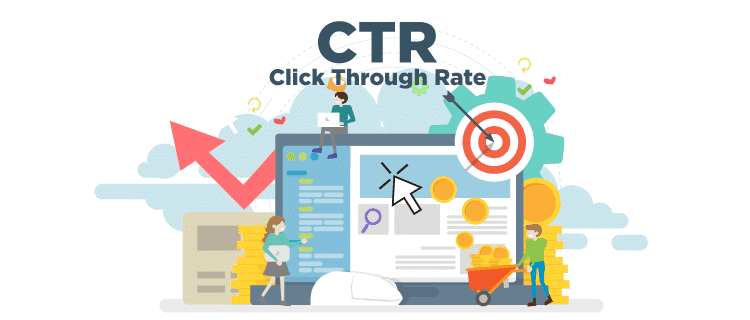Social Media Personalization
Social media platforms have become highly personalized, showing users only the content that algorithms determine will keep them engaged. Consequently, this personalization nature is shaping users' social media experiences. Personalization starts with a platform getting to know you. Therefore, when first setting up an account, users are asked for details like name, age, location and interests. Subsequently, platforms track user behavior data - what content users view, like, share and follow. Thus, platforms build up a virtual profile of each individual user. Armed with this data, algorithms then work to serve users relevant, targeted content. As a result, two people on the
Make the Most of Retargeting Ads
Retargeting ads show your advertisements to people who have previously visited your website. Consequently, these users have already demonstrated interest in your brand or products. Hence, retargeting aim to re-engage these leads and drive them to convert. Fundamentally, users have already come into contact with your brand, so they simply refresh that connection. Subsequently, this repeated brand exposure can improve conversion rates. How Retargeting Works When a user first visits your website, their device receives a cookie that identifies them. Thus, when those users browse other sites supporting retargeting, they may appear. In turn, when users click an ad, they are brought
Digital Marketing: CTR Click-Through Rate
Click-through rate (CTR) refers to the percentage of users who click on a specific ad. Consequently, a higher CTR indicates more interest in and performance of your ads. Accordingly, there are multiple ways to improve your CTR and ad effectiveness. Fundamentally, CTR reflects how successfully your ads capture people's attention and prompt them to click. Therefore, focus on crafting compelling ad copy and selecting the right images or videos. Too many ads blend into the background, failing to generate interest. Consequently, here are some key tactics to boost your CTR for any type of digital advertising: Use compelling titles: Create short, curious titles
Optimizing Cost Per Click CPC
Cost per click (CPC) refers to what you pay the advertising platform every time someone clicks on one of your ads. Hence, the lower your CPC, the less you spend per conversion and the more profitable your ad campaign becomes. Consequently, here are some strategies for optimizing CPC. To begin, evaluate the keywords and keyphrases driving the highest CPCs. Identify whether those terms truly correspond with your offer or if less competitive alternatives exist. Subsequently, consider expanding your search term repertoire to include complementary keywords with lower CPCs. Accordingly, search for related long-tail keywords containing 3+ words. Generally, longer keyphrases correlate
Optimizing Website Speed for Better SEO
A website's loading speed has a significant impact on its search engine optimization (SEO). Therefore, faster page speeds can directly boost your organic search traffic and rankings. Consequently, here are strategies for optimizing website speed from an SEO perspective. Fundamentally, slow websites frustrate searchers and raise high bounce rates. Users expect pages to load within 2-3 seconds, so anything longer feels slow. According to Google, "speed is an important factor that users value and search engines optimize for." Faster page loads correlate with higher click-through rates, lower bounce rates and better rankings. As a result, optimizing website speed should be a top





